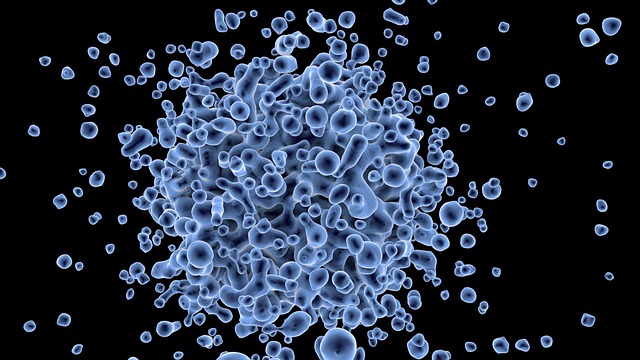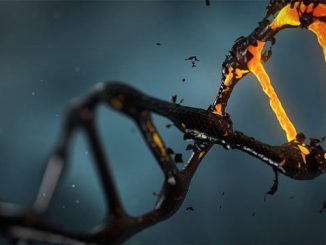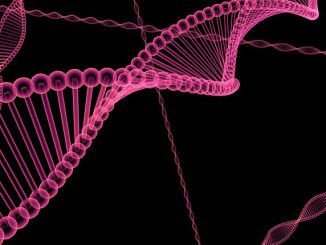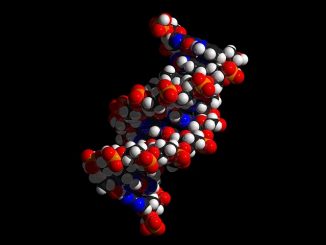
Today, worms; tomorrow, humans. Researchers from the University of Washington used a new cell typing technique called “sci-RNA-seq” on roundworms to profile cells based on genetic similarities. They are aiming to apply the technique on human cells someday to understand how cells are different from each other and possibly uncover new cell types as well. The study was published in Science magazine.
Thanks to the Human Genome Project that saw completion in 2003, we now know that nearly all human cells are identical genetics-wise and that they each hold around 20,500 genes. Scientists are into another big project now, the Human Cell Atlas, which aims to create a detailed map of all 37 million cells in the human body.
Though our cells contain the same number of genes, one cell is different from another based on which genes are “on” or “off”. From the moment of fertilization when cells originated from a single fertilized egg, they took different routes towards their present specialties. For instance, heart cells will be distinct from cells in the gut lining. To further the differences, some heart cells are for pumping blood while others conduct electrical impulses around the heart.
The researchers’ goal is to profile cells based on which genes are activated and to use these profiles for categorizing cells into different types. To do that, they used a “barcoding-and-indexing” technique called sci-RNA-seq (single-cell combinatorial indexing RNA sequencing).
Before we discuss the technique, let’s look first on transcription, a natural process in living cells. DNA found in genes must be read and copied (transcribed) into mRNA (or messenger RNA). The mRNA is an RNA type and plays an essential role for making proteins. All the mRNAs in a cell make up a transcriptome.
The technique of sci-RNA-seq was done on larval cells of Caenorhabditis elegans roundworms. Why roundworms? C. elegans is the only multicellular organisms whose cell types and cell lineage have already been defined, a work previously done by 2002 Nobel Prize laureate Sydney Brenner. It also helps that a single larva only has 762 cells so it makes the experiment not that complicated.
The worm’s cells are put in small wells with molecular tags that attach to the cell’s RNA. The tagging is done to show the segments of each cell’s DNA that are “on” and subject to transcription. Tagging is repeated until each cell finally obtains a unique set of tags that will act as its “barcode”. The cells are then opened, the barcodes are read and the cells are indexed based on similarities. The researchers have come up with 27 types of cells, which coincides with previous findings. They even found subtypes of cells; for example, there are 40 subtypes of neurons.
This marks one of the few times cell classification was done on the basis of gene activity, as opposed to traditional ones like the microscopy-based approach done by Brenner in the 1960s. Instead of checking cells one by one, more than 40,000 cells were barcoded and indexed at the same time which makes the experiments quick and inexpensive.
However, the technique has limitations that must be addressed before it can be performed on human cells. One, it was “only” able to profile 40,000 cells though researchers say the technique can hypothetically do 10 million cells per experiment. Two, while the technique has uncovered subcategories of cells, it still fell short of covering the full complexity of cell types. Researchers did find 40 neuron subtypes but they were not able to locate all 118 that are currently documented from earlier studies. Three, 37 trillion human cells is more daunting than 762 worm cells. One cannot simply dissolve a whole body to extract the cells for studying.
Nevertheless, the research has been valuable in terms of understanding cell variety and finding a more detailed classification of cells. There are currently 200 types of human cells according to medical literature, and this technique, despite being new, can confirm this fact or come up with a higher number. Lastly, the research will help scientists to better understand human development down to its most basic level, a powerful aspect this, among others in the study, that can certainly be of big value to the Human Cell Atlas project.
Disclaimer: This page contains affiliate links. If you choose to make a purchase after clicking a link, we may receive a commission at no additional cost to you. Thank you for your support!




Leave a Reply